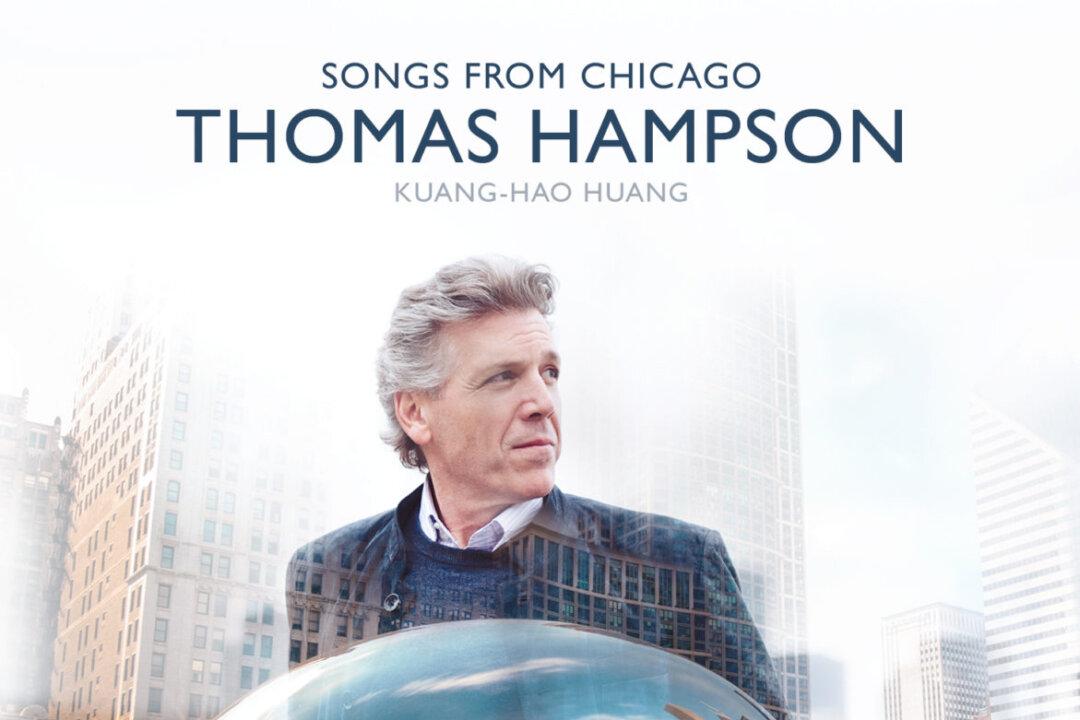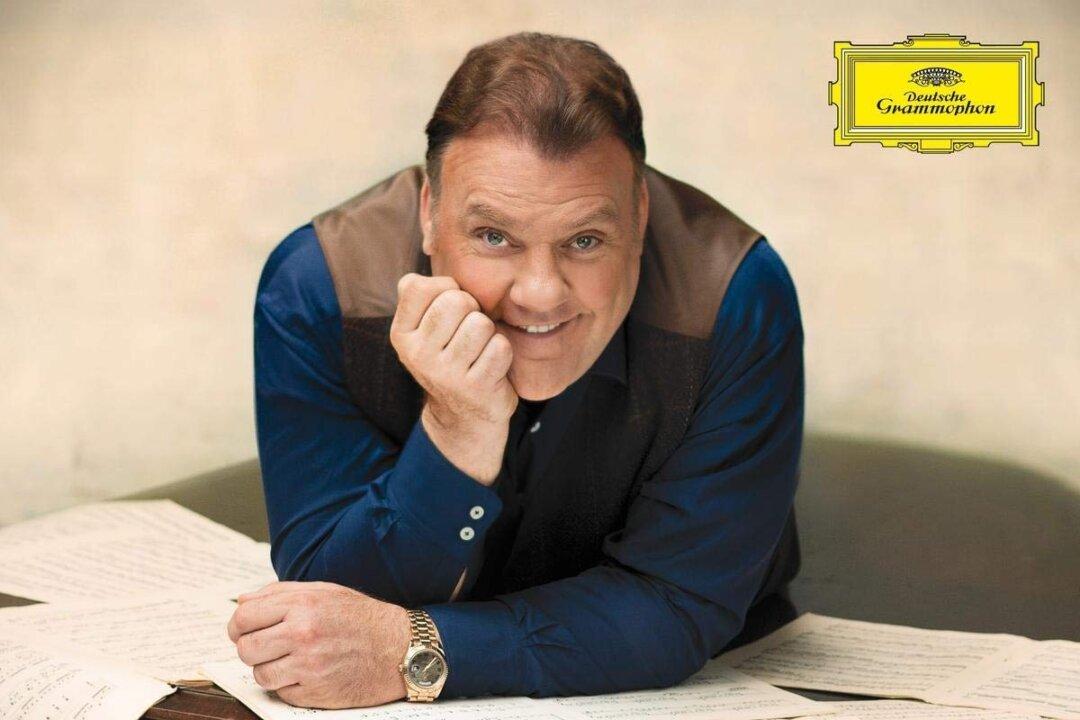Savion Glover’s dance work, “OM,” begins with a recording of Kenny Garrett’s “Calling,” a jazz piece in the spiritual style of John Coltrane. Then, the stage is filled with votive candles, religious artifacts (a crucifix, a statue of Buddha, and a photograph of Mahatma Gandhi) and the images of famous African-American dancers (Michael Jackson, Gregory Hines, Sammy Davis, Jr., etc.)
Glover is probably the most eminent tap dancer in the world and also the most adventurous. He is not only the star of the show, he is also the director and choreographer. While some of his artistic forebears might recognize some of his steps—there is even a modified “Moonwalk”—none of them produced an extended work of this magnitude.
This is not the first piece to combine sacred music and tap dancing. Duke Ellington’s sacred music concerts used jazz and gospel music and also had a tap dance soloist, Bunny Briggs. (The Playbill states that “OM” was “inspired by a conversation with Bunny Briggs”). However, Ellington’s work was squarely within the African-American Christian tradition. Glover’s production is more universal than Ellington’s in that he brings in other religions and also more single-minded in its execution. Even when Ellington devoted a program to a religious theme, he remained focused on entertaining the audience.
“OM” has three parts: “The Offeringz,” “The Prayers” and “The Resolutionz.” (Glover seems partial to the letter “z.”) Running time is about 90 minutes but varies because the work contains quite a bit of improvisation.
There are women seated on each side of the stage with hands clasped as if in prayer. Glover appears on one of the four platforms on stage. These platforms serve to magnify the sound of his dance steps. His moves are mostly confined to the center platform and his feet, constantly in motion, constitute a sort of perpetual percussion instrument. The sound is reminiscent of the collaboration between drummer Buddy Rich and table player Alla Rakha, especially when Glover performs a duet with Marshall Davis Jr., the most prominent of the members of the HooFeRzCLuB troupe. The others are Mari Fujibayashi, Keitaro Hosokawa and Olivia Rosenkrantz. (The first two are from the Japan and the third from France. Davis and Glover are American.) All of them dance together movingly on the gospel piece “Trouble of the World,” sung by the sublime Mahalia Jackson. In addition to chanting, the soundtrack included a recitation of Psalm 23.
There can be no doubt as to Glover’s virtuosity or energy. However, his single-mindedness in this production becomes monotonous. The dancers whose photographs appear on stage viewed themselves as entertainers and offered wit and charm, qualities that Glover dispenses with here. It is appropriate that the performance ends with Coltrane, since the late saxophonist, who was influenced by Indian ragas and incorporated spirituality into his music, could also wear his audiences down by 45-minute renditions of “My Favorite Things.” (Coltrane once complained to Miles Davis that he didn’t know how to stop playing a solo, to which the trumpeter/leader tersely responded, “Just take the saxophone out of your mouth.”). Coltrane is one of the artists to whom “OM” is dedicated.
I left the Joyce Theater with continued respect for Glover, but hope that his next outing is more varied. I admire the purity of his vision even though I would like to be amused as well as enlightened. Savion Glover and his company continue performances through July 12 at the Joyce Theater (175 Eighth Avenue, at 19th Street, Chelsea; 212-242-0800, joyce.org).






